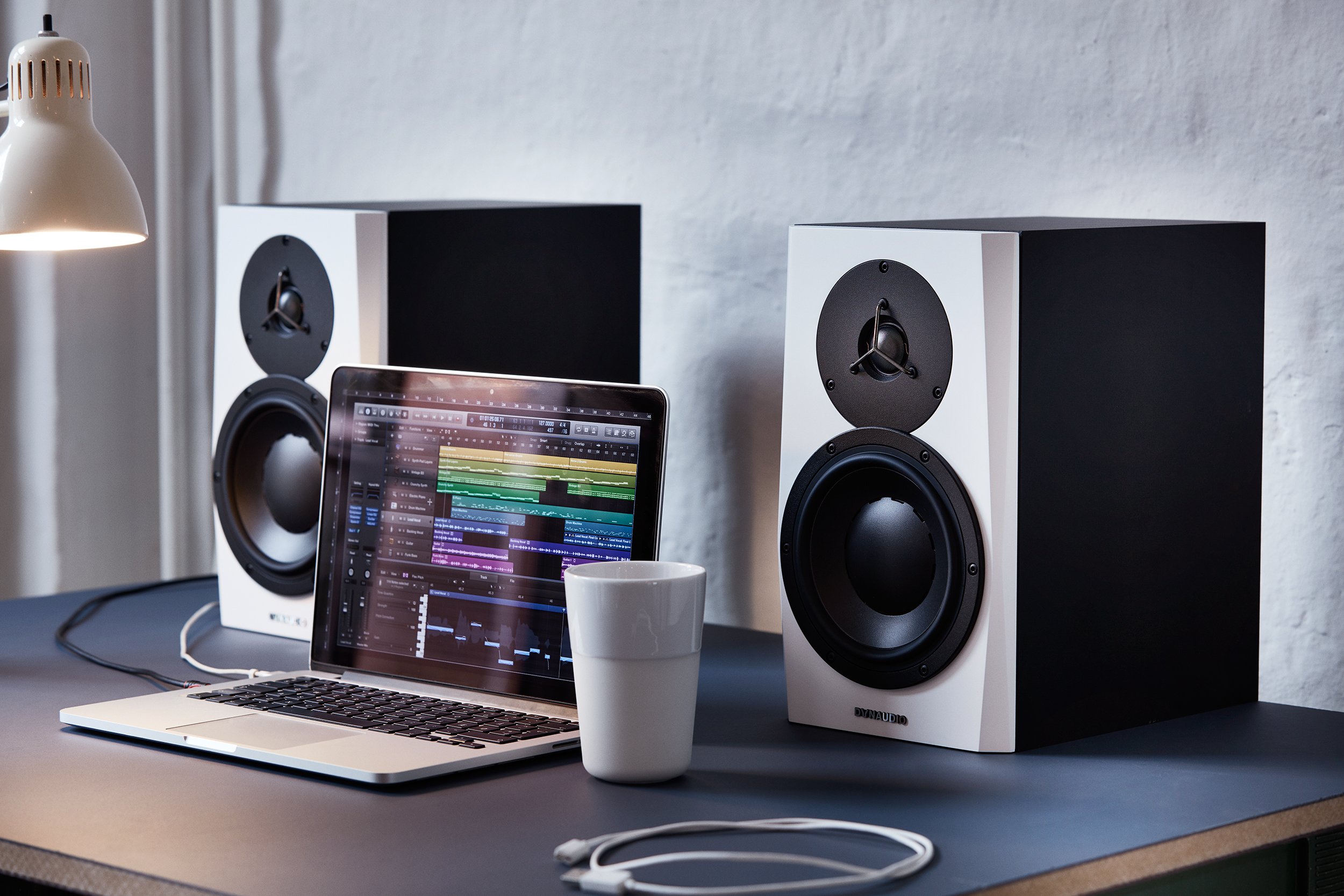As an aspiring producer, you've probably come across the term ‘compressor’ more than once. A compressor is one of those tools that’s used to gently shape the sound on your tracks rather than fundamentally altering them in the way a distortion or reverb plug-in might do.
Of course, you can use a compressor as an ‘effect’ if you go to extremes to create a hard-pumping sound that deliberately sucks all dynamics out of a track. But in general, you’d apply a compressor in order to subtly tame dynamic peaks that stand out just a tad too much.
Dynamics. That’s the key word here, so let’s dive in…
Why should I use a compressor?
Using a compressor in music production offers several benefits that can greatly enhance your tracks. First, it helps you control the overall dynamic range by maintaining a consistent and balanced audio level. Simply put, it reduces the volume of louder sections, preventing them from overpowering softer parts. This increases the chances that all of the elements in your mix can be heard once the tracks begin to stack up.
Compression can also increase sustain and presence, bringing out subtle details that might otherwise get lost in the mix. Sometimes, people also talk about compression as a form of ‘audio glue’ that helps your tracks sounding more polished and cohesive. On some simple compressor designs, such as on guitar pedals with only a few knobs, several parameters have been combined into a single knob named ‘Sustain’.
The five main compressor parameters
The five essential parameters of a compressor are: Threshold, Ratio, Attack, Release and Gain.
Threshold defines the level at which the compressor starts to kick in and work its magic. Imagine it as a gatekeeper, stepping in when your audio needs some control. When the audio signal surpasses the threshold you’ve set, the compressor jumps in and reduces its volume. A lower threshold means that more of your audio will be affected, while a higher threshold limits compression to only the loudest parts.
Ratio determines how much compression is applied once the threshold has been crossed. It represents the amount of attenuation applied to the audio signal. For example, a ratio of 4:1 means that for every 4dB the signal exceeds the threshold, the compressor will increase the output by 1dB. Higher ratios (like 10:1 or even higher) give you more intense compression, while lower ratios (such as 2:1), provide a much more subtle change.
TIP! Before we move on, here’s a quick primer on how you can think of the Threshold and Ratio parameters as a single instance.
Imagine a ceiling. The Threshold knob defines its height, while the Ratio knob defines its material. The first part is almost self-explanatory: lower the threshold and the ceiling comes down, which means that even small peaks will hit it and compression will kick in.
A very low ratio – 2:1, for example – will form the ceiling from something very soft and thin, such as cotton. Obviously, peaks would be affected, but a substantial part of them would be able to penetrate the ceiling. At a ratio of, say, 4:1, the ceiling might be made of wood, and at very high ratios it’s concrete. In fact, at an infinite ratio, a compressor is often referred to as a Brickwall Limiter – nothing passes through.
Attack decides how quickly the compressor responds to the audio signal once it crosses the threshold. A shorter attack time means the compressor starts working almost instantly, taming the audio's transient peaks. On the other hand, a longer attack time lets the initial portion of the audio pass through uncompressed, preserving more of the transient energy. For instruments with sharp attacks, like drums or percussions, a shorter attack time can help tighten the sound. For smoother instruments like vocals or strings, a slightly longer attack time can retain the natural feel.
Release controls how quickly the compressor stops attenuating the audio after the signal falls below the threshold. Think of it as the ‘recovery time’. A shorter release time reduces the compression's tail, allowing the audio to return to its original dynamics sooner. Conversely, a longer release time keeps the compression engaged for a longer period, which can create a more sustained and controlled sound. Finding the right release time ensures the compressor doesn't interfere with your music’s natural flow.
Gain, also known as makeup gain, compensates for the volume reduction caused by compression. As the compressor’s purpose is to reduce dynamic range, the overall level naturally becomes lower. The gain control lets you boost the compressed signal to match the original level – or even go beyond if that’s your goal. But be cautious not to overdo it, as too much gain can introduce unwanted distortion (also called ‘clipping’).
A good practice is to compare the compressed and uncompressed versions in an A/B test, while adjusting the gain to maintain a consistent perceived loudness. Unless you intentionally want to use compression as an audio effect, you don’t necessarily have to be able to detect a massive difference when you A/B, but the overall feel may well become tighter. If you apply gentle compression to more (or even all) of your tracks, the ‘glue’ effect might just arise gradually and give your overall mix a pleasant sense of cohesion.

Using a compressor
Start conservatively: begin with gentle settings and gradually increase the intensity. Over-compressing tends to squash the dynamics and drain the life out of your music.
Also, listen critically and train your ears to recognize how each of the five main parameters affect the sound. Experiment with each parameter setting on its own, listening closely to the changes it introduces, and then listen for how tweaking one parameter affects one or more of the others simultaneously. In general, even though most compressors have a gain reduction meter, trust your ears. They’re your ultimate guide.
With practice and experimentation, and as you gain a deeper understanding of audio compression, you'll unlock the full potential of this versatile tool and be able to take your music production skills to new heights.
Sign up to get more great articles
Nothing compares to the satisfaction of knowing – for a fact – that something is as good as it gets








6 comments